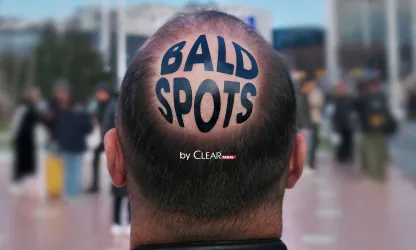Credits
To see entry credits,
create an account
or
log in.
Logging in grants access to Advanced Search and more Entry Details.
Duplicate statues available now
Buy a Statue in
Digital / Mobile & Social Media Craft
to Celebrate Your Team

Related Winners
Entrant Company
Publicidad Comercial MullenLowe
Advertiser Category
*Mental Health*
Category
*Mental Health*
Entrant Company
MullenLowe Singapore
Advertiser Category
Lifestyle, Wellness & Over-the-Counter
Medium
Out of Home
Category
Ambient
Entrant Company
MullenLowe Singapore
Advertiser Category
Consumer Brand Health Initiative
Medium
Direct
Category
Out of Home
Advertising
by David Gianatasio
by David Gianatasio
2 Minutes With
by Shahnaz Mahmud
by Shahnaz Mahmud
Partner Content
by Muse
by Muse

























